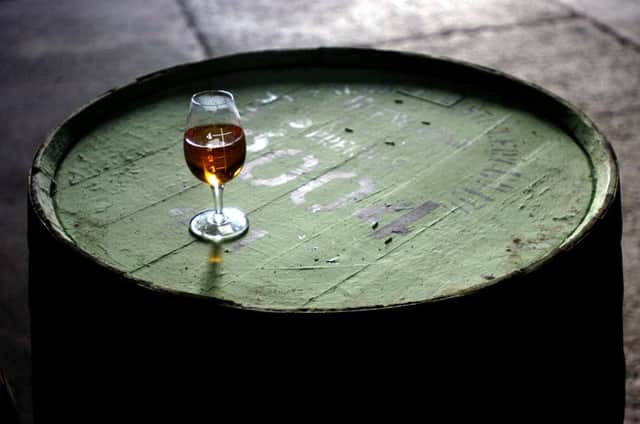Three Stills cheers £10m raised for Hawick distillery


The Three Stills Company (TTSC) has bought a disused industrial site in Hawick and is to submit plans to convert the buildings into a production facility and visitor centre early next year.
TTSC was established in 2013 by George Tait, John Fordyce, Tim Carton and Tony Roberts with the aim of building a distillery in the Borders, where there has not been one since 1837.
Advertisement
Hide AdAdvertisement
Hide AdIts management team have all held senior roles at global distillers William Grant & Sons, and the company attracted pledges from a group of private investors led by Edinburgh-based investment company Badenoch & Co, whose owner Malcolm Offord is to take on the role of TTSC chairman.Investors include two organisations with Scottish roots – the Ballande family commercial group in France, originating from the Scottish Lowlands, and Swiss-headquartered international investment group Drake Enterprises, which has a background in food retailing, real estate and agribusiness.
Also investing in the venture is the UK’s largest private landowner, the Duke of Buccleuch. Part of the Buccleuch portfolio is the Eskdale and Liddesdale Estate, which stretches from the English border to Hawick.
Offord said all the investors “have an interest in or direct link to the Scottish Borders – I look forward to helping the management team deliver another boost to Scottish manufacturing and export”.
TTSC chief executive Tim Carton said there is a clear commercial case for another whisky distillery in Scotland, stating that the spirit has demonstrated “all the signs of long-term sustainable growth over the last 20 years”.
He added: “Malt scotch is vital for blended scotch, as well as for single and blended malts. The pressure on malt supply is ongoing and TTSC is well-positioned to contribute to the next growth phase.”
Fordyce, TTSC director and project leader, also formerly of major industrial textiles business Coats, highlighted the benefits of Hawick, saying the town has “a very proud legacy as the centre for textile production in Scotland, and we felt very strongly that we wanted to uphold this rich industrial tradition and bring back distilling to the region after such a long absence”.
Another factor in choosing the town was its access to natural resources and raw materials, he added, highlighting a “plentiful supply of pure water” and access to “what is undoubtedly Scotland’s most fertile barley-producing land”.
He also pointed out that local jobs will be created “by tapping into a skilled labour market and increasing tourism”.
The Scotch Whisky Association says the industry directly employs more than 10,000 staff in Scotland, many in deprived areas.